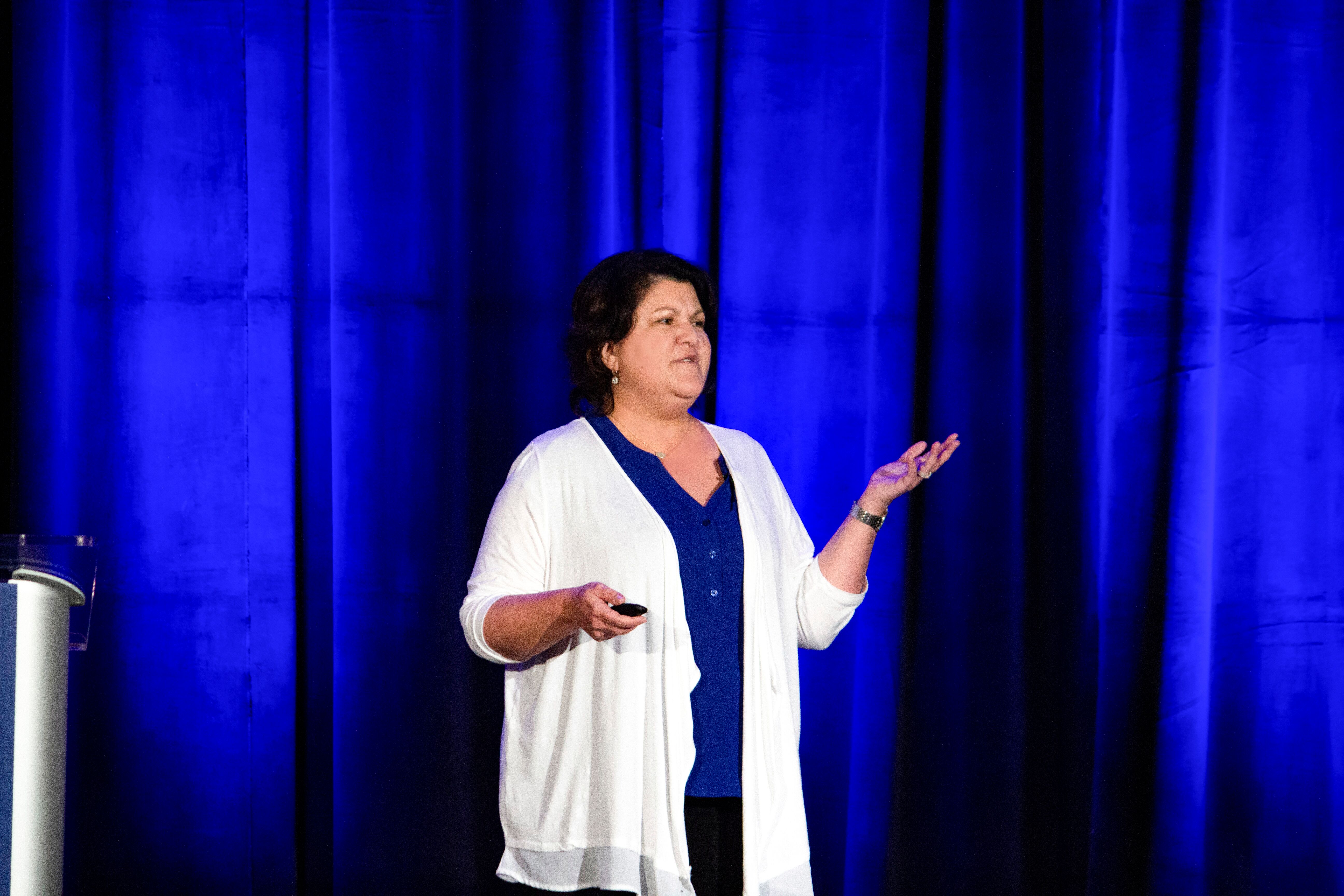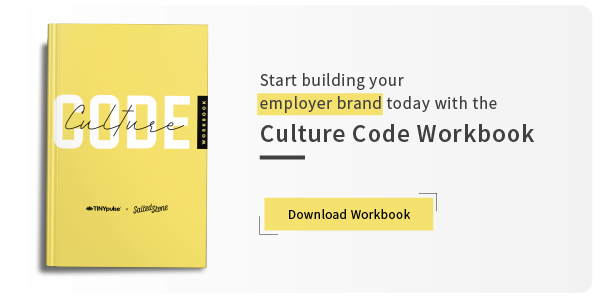Why - And How - Marketers Make The Employee Experience
Perks like office dogs, ping pong tables and cold brew on tap can make your company an enjoyable place to work, but they don’t constitute as the entirety of company culture or the employee experience.
And company culture and the employee experience matter — not just to employees and candidates, but to prospective customers and partners as well. People want to do business with a company they can trust and for that to happen, they need to know what a company is all about.
Because of the importance of the employee experience, Amanda Nielsen, Partner Marketing Strategist at New Breed and Tyler Adams, Sr. PR & Communication Specialist at TINYpulse conducted a webinar about the employee experience and how marketers can influence it.
What is Employee Experience?
Satisfied, engaged employees are more productive. Plus, losing an employee can cost a company up to 2 times their annual salary, so any company that cares about ROI should care about employee retention and the employee experience they deliver.
“[The employee experience is] everything from candidate experience, before you are an employee, to hopefully retirement or transitioning into another role and everything in between,” says Tyler.
There’s a lot of resources around tracking the buyer’s journey and turning customers into brand ambassadors, and now companies are applying those same principles internally to guide employee experience.
“It’s usually defined by applying customer experience principles,” Tyler says. “Considering all of the ways a customer can arrive at your organization or your company or your offering from consideration to becoming a customer to becoming an advocate. We have a lot of thinking and literature around that, and we finally come around to applying that to employees.”
Each step of the employee lifecycle impacts a company’s culture and performance, which in turn impacts the company as a whole.
Establishing Company Values through a Culture Code
One contributing factor to employee experience is a company culture code, which should define:
- Your approach to growth
- What your company stands for
- How you’re organized and why
- Your approach to diversity and inclusion
- The values you espouse
Those factors will make or break whether you’re a company employees want to represent or just a place to get a paycheck.
“A successful culture code first is something that people actually know,” Tyler says. “Going off on an executive retreat and chiseling some things into a tablet that people can’t recite or can’t reference or can’t incorporate into the every day, that won’t get you very far.”

Your culture code should be part of your everyday work life, and resonate with the people you want to work with. It shouldn’t be vague and people-pleasing, but rather genuinely communicate the factors that drive your company and your employees.
“What [do] successful culture codes look like? They look like they’re in action,” Tyler says. “Having something you can point to, some talk that you can walk is an essential part of culture codes going forward.”
Linking employee recognition to the specific values your promote in your culture code is a great way to reinforce company values. Instead of recognizing employees for the time they spent at your company, shout out the ways they exhibit your values.
For example, you can give a shoutout in your company’s communications channel to an employee for their recent hard work on a difficult project, and instead of just saying “your efforts recently have been 🔥” highlight the specific values they’re demonstrating and reference integrity or initiative.
“Everyday, regular recognizing folks for embodying the values that you want to propagate within your employee experience is really critical,” Tyler says, “and with the rise of Slack and with the rise of these semi-public communication channels that marketers are really good at using, that’s something you can start doing without anyone’s permission.”
The Relationship Between Culture and Brand
Culture and brand can have a chicken and the egg-like relationship: you can establish a brand and expect culture to fall in line or you can define your culture and evolve your brand from it. Regardless which comes first, if you’re doing things right, the two shouldn’t be that different.
“Your culture is the internal facing component of what your company is,” Amanda says. “It’s how we talk with each other, how we talk with our employees, how we talk with our prospects, our customers, our partners, and so on. And then, the culture gets translated into our brand which is the external facing part of our organization. How we talk to people, so the one-to-many communication as opposed to one-to-one.”
Shrouding your company culture in perks doesn’t say anything about you as a company, but perks can serve as examples of how your core values are represented. For example, you can promote your office dogs as an example of how you support work-life balance.
“Marketing can be the bridge between your internal culture to your external brand,” Amanda says. “Your company is a lot more than the product or service you sell. It literally would not exist without the people, so to focus your brand entirely on your product or service is doing a disservice to the people who make your company possible.”
“The value of explaining why you’re special and worthwhile often is better than explaining why your product is special and worthwhile,” Tyler says.
How Marketers Can Influence Organizational Change
Consistency, repetition and optimization are all elements of every marketing strategy — and they’re also factors that can drive organizational change. Marketer’s share stories and communicate information, putting them in a great position to be a catalyst for change.
“As marketers, our job is to tell the truth and convey a message,” Amanda says.
Promoting the people making up a company is good marketing, so it behooves marketers to have a positive employee experience and company culture they can highlight. If there isn’t, marketers can work to change that by promoting positive enforcement, sharing thought-provoking materials with others at their company and working with HR.
There’s strength in numbers and change can come from within.
For more on marketing and employee experience, check out TINYpulse Senior Director of Marketing Andrew Sumitani's appearance on the Internet Marketing Podcast.
READ MORE LIKE THIS:
- How Howard Behar Used Company Values to Build Starbucks’ Culture
- The Four Hats That People Ops Wear And Why They Matter
- What Is Inbound Recruiting And Why Is It Important?
Share this
You May Also Like
These Related Stories

3 Steps for Launching an Employee Engagement Strategy
What Are the Four Main Communication Styles in the Workplace?



.png?width=534&height=632&name=blog%20ad%20(1).png)
